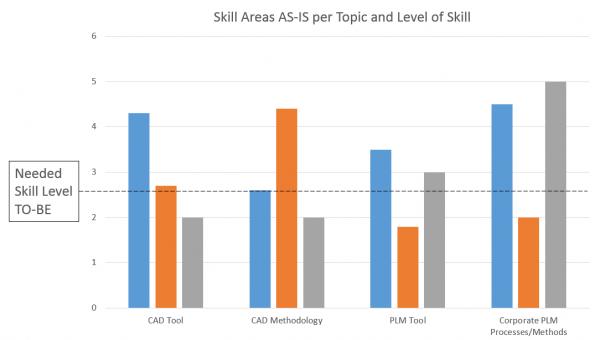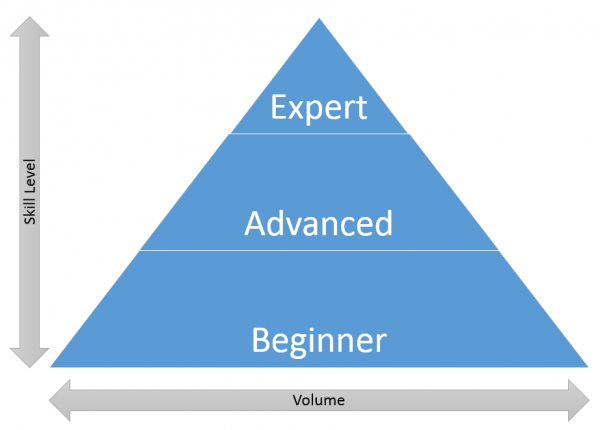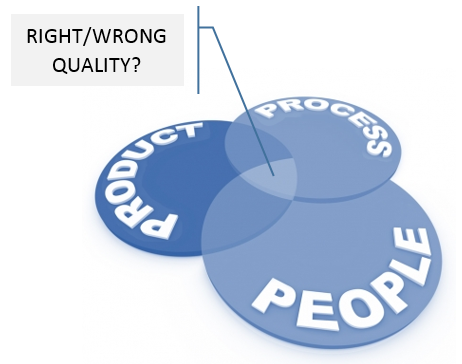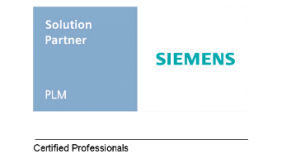From the diagrams it is easy to conclude the importance of addressing both the minimum skill level and the total skill span. And as a possible consequence of this, the need of PLM/CAD career paths.
We also need to look at the Roles specified in the PLM setup. Which skills do every specific Role need to master?
A totally new “green rookie” has an easily charted training path. We only need to know the Role.
When examining the skill and experience of an additional (for us) new PLM resource, but with wide prior experience from other corporations or industrial branches, typical a technical consultant or newly acquired company, you should pay extra attention. In these cases, we can find high knowledge in the same tools and in the typical generic processes, but not in our specific corporate business processes or methods.







